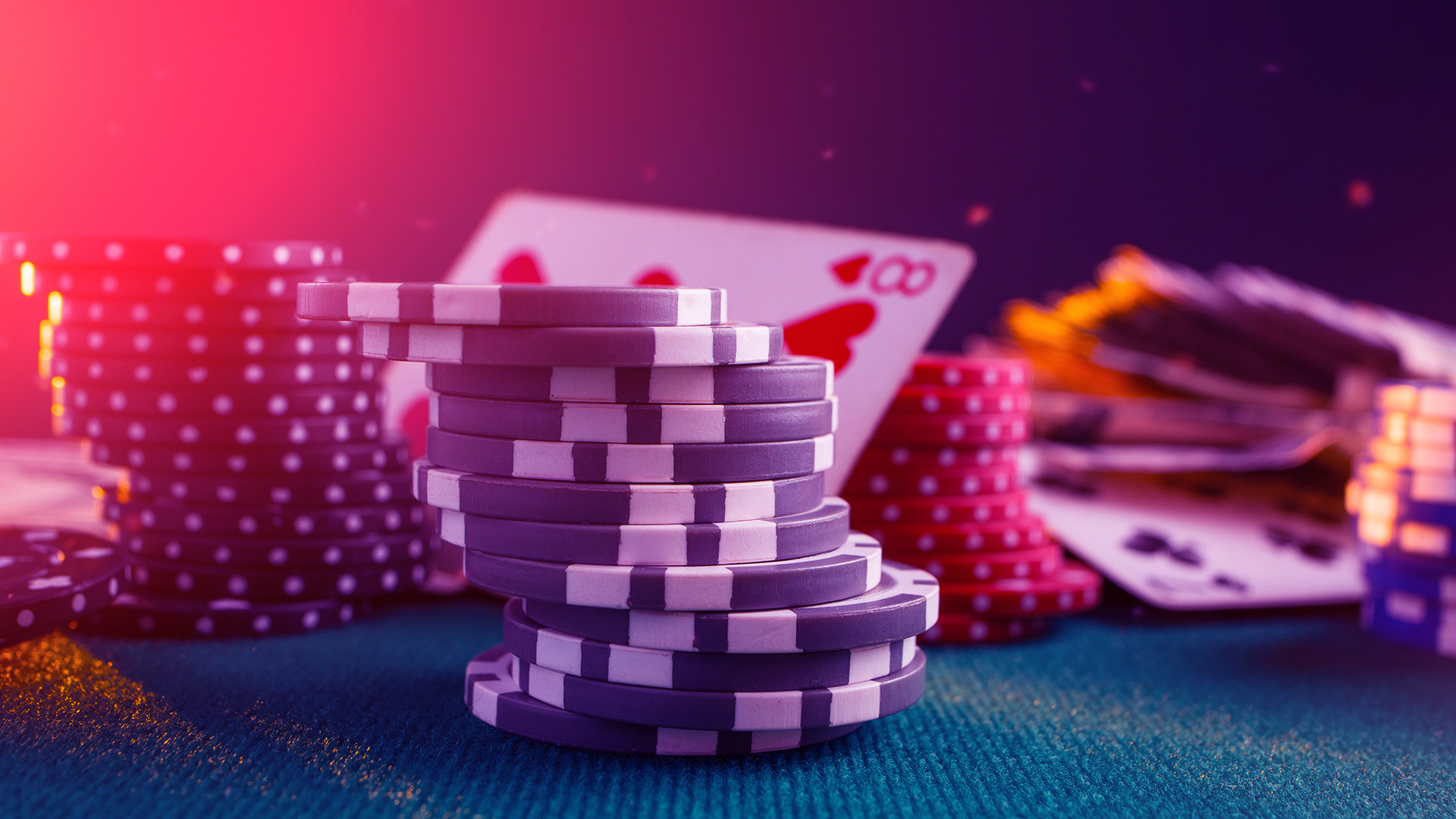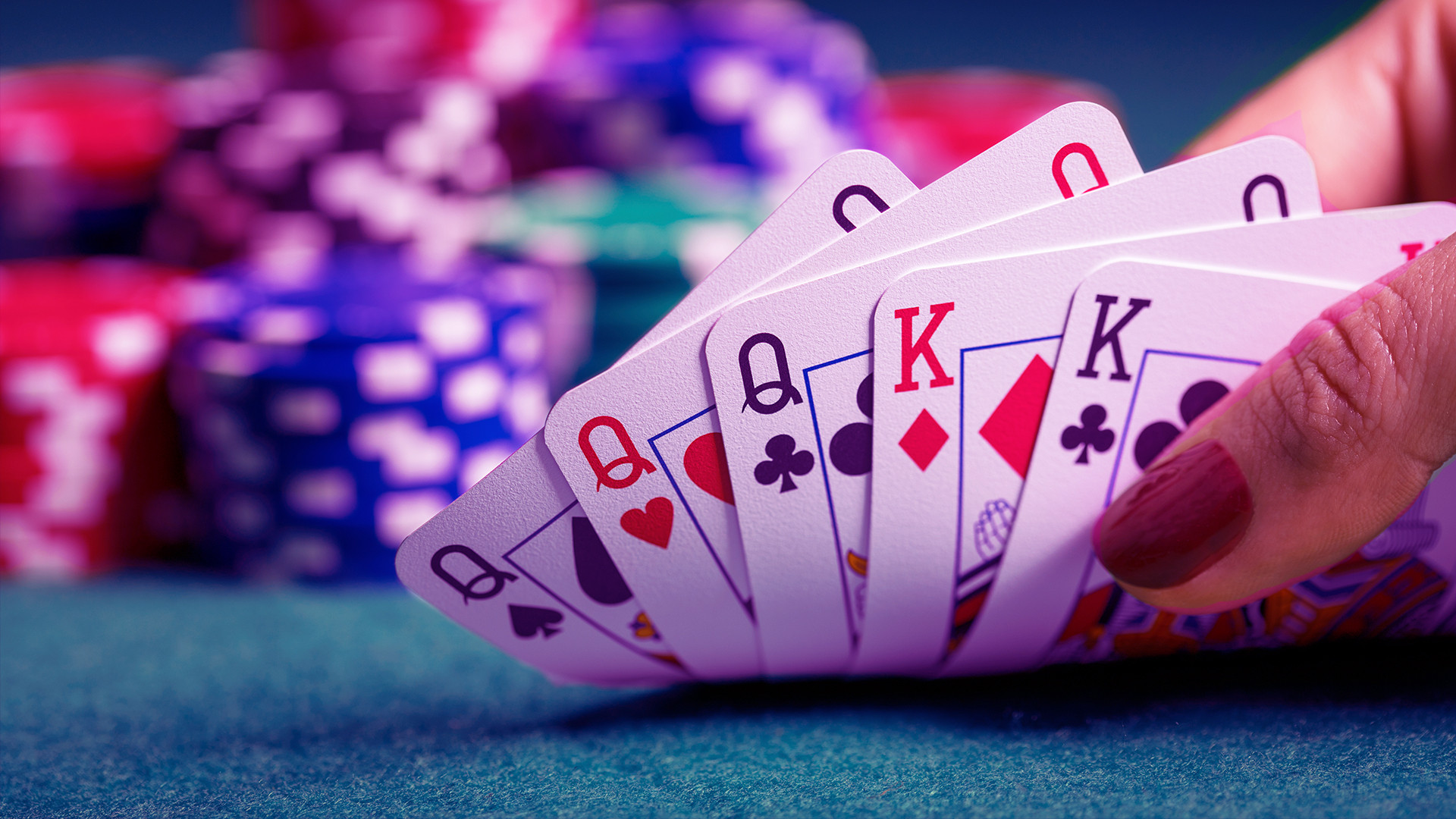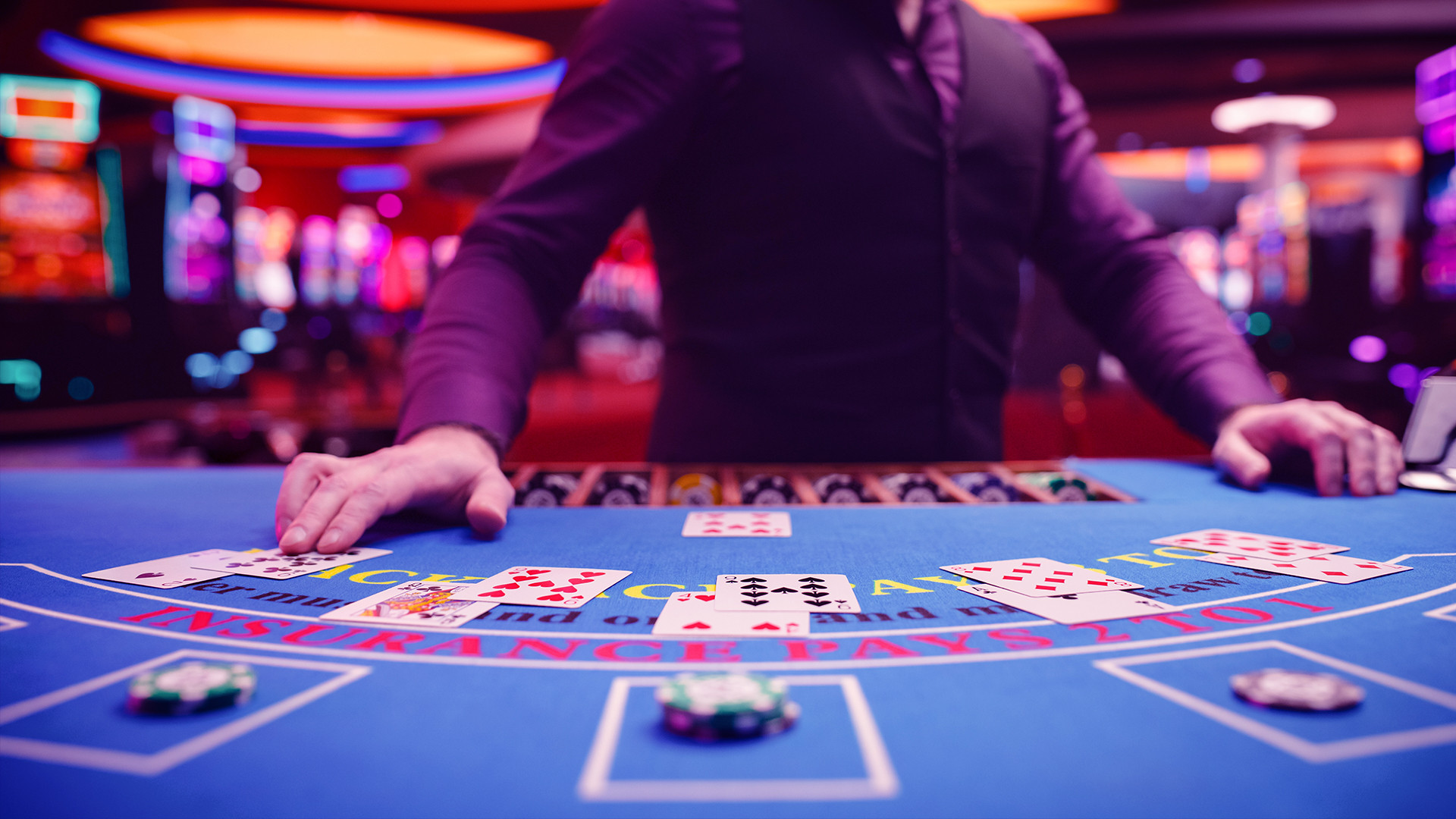
How to Play Soft 17 in Blackjack
Blackjack players can expect to be dealt different hands at the table, but soft 17 is one combination of cards that can be perplexing. It’s already a good hand with the potential to get stronger because of the inclusion of an Ace in the mix. This situation requires balancing various options such as hit, stand, or maybe double down. How to react to a dealer's soft 17 hand is another important question when learning the rules of playing blackjack.
This hand gives the punter an advantage over the dealer because it's very hard to beat such a flexible hand, which protects you from busting. A soft 17 hand is a significant asset and must be played wisely. Navigating the challenges of playing soft 17 in blackjack is the goal of this guide, where you can learn what this hand means and how to utilise available strategies. Let’s explore the nuances of soft 17.
What Is Meant by a Soft 17 Hand?
In a nutshell, a soft 17 is a [blackjack(/live-blackjack) hand with a combined numerical value of 17, with at least one of the two cards being an Ace. The inclusion of an Ace qualifies a hand as soft because in blackjack, an Ace’s value is flexible and can vary between 1 and 11, depending on the value of the other card in the hand. This hand prevents a player from busting by requesting an extra card, which can have a high numerical value, effectively protecting you from exceeding 21.
The soft 17 can be formed with a 6 and an Ace (counted as 11), while depending on the rules, if three cards are used, some examples would be Ace-3-3, 2-2-Ace-2, or any other combination of an ace and a six. However, a soft 17 is a rare hand in blackjack because the number of Aces is limited in a deck.
For comparison, a hard 17 is a combination without an Ace, such as 10-7 or 9-8. The strategic approaches to playing hard 17 and soft 17 are very different and should not be used interchangeably.
What Is the Soft 17 Rule?
Punters have a large degree of freedom to do what they want with their blackjack hands. However, croupiers are not afforded the same liberty and are obliged to play the game according to predetermined table rules. One rule that has an impact on a blackjack round is how a dealer must behave with a soft 17-hand.
Most online blackjack games require the dealer to hit on a soft 17. Yet, this is not a standard rule, with some blackjack tables requiring the dealer to stand on a soft 17. At face value, standing on 17 appears to be the best course of action, but the ability of an Ace to change value from 1 to 11 creates a path for a better hand. When a dealer has to hit on a soft 17, it will influence the house edge and force you to adjust your approach to playing your hand.
Hitting on a soft 17 will increase the croupier's chances of busting, but only by 0.4%. On the other hand, it will boost their chances of getting a more favourable hand by 0.8%. In games where the dealer must stand on soft 17, you benefit from better winning odds, translating to a lower house edge. However, there are blackjack tables where the player has to adhere to similar soft 17 rules, forcing them to stand or hit if their initial hand is a soft 17.
The Soft 17 rule is typically written on the blackjack table and is used to increase the house edge. Still, the overall impact of this rule on a blackjack strategy is minimal as long as the player understands the basic concepts.
Playing a Soft 17 Hand
Outcomes aren't guaranteed in blackjack. It's a game of chance, meaning influencing the game and generating exact results is not possible. However, fundamental statistics are available and can serve as the foundation for a game plan, which can at least increase the odds of success.
It’s time to discuss several blackjack strategies for tackling the issue of how to proceed with a soft 17 hand. There is no single tactic for all circumstances. Depending on multiple factors, you can implement different approaches. Your blackjack hand is no mystery in this situation. The big question is what the dealer is holding, and his upcard is one indicator of the croupier's potential hand strength.
Additionally, the game's pre-set rules dictate if a dealer can hit or must stand on soft 17, and can influence the choice to hit, stand, or double down. Newbie punters might ignore the soft 17 rule, but seasoned players know it can impact the game.
The freedom to adjust strategies concerning the dealer’s up-card is a big plus. Certain principles for playing soft 17 are universal and can be used in every Blackjack variant. Let’s examine the best scenarios for hit, double down or stand on a soft 17.
When Should You Hit on a Soft 17 Hand?
Soft 17 is a strong hand, but why not make it stronger? The risk of hitting in a soft 17 is low, considering you can change your Ace back to a value of 1 if you get a card that pushes your total to 21, and that way, avoid busting.
It’s a good move to hit on a soft 17 and potentially get a more favourable hand by drawing a higher-value card. An important factor to consider in the decision to hit is the dealer's up card. In a single-deck blackjack game, hit if the dealer has anything above 7, while in a multi-deck game, hit when the dealer holds a 2 or 7 through Ace.
Should You Stand on Soft 17?
It might appear counterintuitive, but you should not stand on a soft 17, regardless of the croupier’s up-card value. Common logic says that 17 is a solid hand, and gives you a good chance to win the hand as it is already close to 21. But in reality, you increase your chances of beating the dealer by hitting rather than standing.
Do not forget the rule conditioning a dealer to hit on a soft 17. The reason is simple, the house edge rises if the dealer hits, improving his chances to beat your hand. And the reverse is also true. In conclusion, never stand on soft 17.
Should you split a Soft 17?
Even beginner blackjack players know that it makes no sense to split a soft 17. The reasoning is simple. [Splitting cards](/live-blackjack/guides/splitting is a move allowed only when your two cards are of the same value, and in a soft 17, the Ace and 6 do not have the same value.
Should You Double Down on a Soft 17?
Doubling down enables you to place more money on the table, and this could be an advantageous option in a situation when you cannot bust, such as with a soft 17. Having a soft 17 is a good starting position, but you must account for the opposition's hand before you pull the trigger and double your stake for that hand.
If the dealer’s showing card is 3 through 6, you should double down. A low-value card in the dealer's hand signals a big potential for a bust. The reasoning revolves around the probability of a 10 being dealt because 10s are the highest-value cards in the deck. Your odds to win improve if you hit a ten, while if the dealer gets a 10, there is a big chance they will lose.

